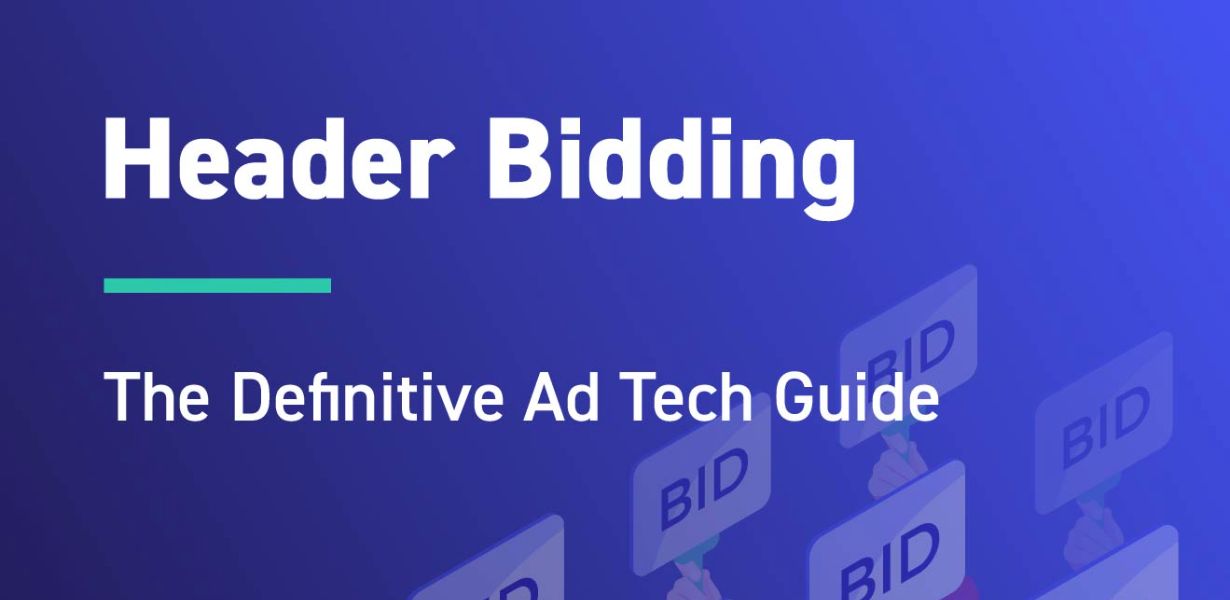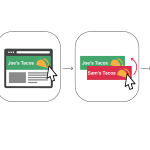
Future-Proofing Ad Monetization: Harnessing AI-Driven Header Bidding Strategies
- Post
- August 9, 2023
- Ad Serving Tech, Header Bidding, Header Bidding Trends
- 0 Comments
In a world where digital advertising drives revenue for countless businesses, staying ahead of the game is paramount. One strategy that has gained immense traction is header bidding – a revolutionary approach that transforms the traditional waterfall method of ad monetization. This article delves into the potential of AI-driven header bidding strategies, exploring their impact, benefits, and how they compare to the traditional waterfall approach.
Understanding Header Bidding: A Paradigm Shift in Ad Monetization
Header Bidding Unveiled
Header bidding is a sophisticated technique that allows publishers to offer their ad inventory to multiple demand sources simultaneously. Unlike the conventional waterfall model, where ad networks are sequentially prioritized, header bidding lets advertisers bid in real-time. This democratization of the bidding process optimizes revenue potential, as the highest bid prevails, not the highest-ranking ad network.
AI’s Role in Revolutionizing Header Bidding
Artificial Intelligence (AI) has been the driving force behind the advancement of header bidding strategies. Machine learning algorithms analyze vast amounts of data to predict the best-performing demand source for each impression. By automating decision-making, AI ensures that the highest bids are consistently secured, thereby maximizing revenue.
Comparing Header Bidding and the Waterfall Model
The Waterfall Model: A Legacy Approach
The waterfall model, once the industry standard, operates sequentially – ad networks are ranked based on historical performance. This approach can lead to missed revenue opportunities, as the highest-paying advertiser isn’t necessarily the first to be considered.
Header Bidding vs. Waterfall: An Epic Battle
Header bidding and waterfall represent two contrasting paradigms. In header bidding, all demand sources bid simultaneously, democratizing the process. Waterfall relies on historical performance data and predetermined priorities. AI-powered header bidding, however, combines the strengths of both models, allowing for real-time bids and intelligent decision-making.
Unlocking the Benefits of AI-Driven Header Bidding
Enhanced Competition and Revenue
AI-driven header bidding invites multiple demand sources to compete, ensuring that the highest bid prevails. This competition maximizes revenue potential, as advertisers are driven to offer their best bids to secure impressions.
Real-time Decision-Making
Traditional waterfall models rely on historical data, potentially overlooking shifts in market dynamics. AI-driven header bidding adapts to real-time changes, ensuring that ad impressions are monetized optimally.
Improved User Experience
By selecting the most relevant and highest-paying ads, AI-driven header bidding enhances user experience. This results in more engaging ad content, reduced ad fatigue, and improved customer satisfaction.
Diversified Revenue Streams
With AI-driven header bidding, publishers can diversify their demand sources, reducing dependency on a single ad network. This resilience safeguards revenue against fluctuations in the digital advertising landscape.
Common Misconceptions and How to Navigate Them
Header Bidding is Complex and Resource-Intensive
Contrary to this belief, header bidding has become more accessible due to the growth of pre-built solutions and easy integration options. Publishers can choose from a variety of platforms that simplify the implementation process.
Waterfall is Tried-and-True, Header Bidding is Experimental
While waterfall was once the gold standard, header bidding has rapidly gained traction due to its revenue optimization capabilities. It’s no longer experimental but rather a proven strategy.
Final Words
In a dynamic digital landscape, embracing AI-driven header bidding strategies is a forward-thinking move. It empowers publishers with an unprecedented level of control, real-time optimization, and revenue potential. The blend of AI’s predictive capabilities with the agility of header bidding heralds a new era in ad monetization.
Commonly Asked Questions
Q1: Is AI-driven header bidding suitable for all publishers?
AI-driven header bidding can benefit publishers of all sizes. While larger publishers might see more significant revenue gains due to increased competition, even smaller publishers can optimize their ad inventory and enhance user experience.
Q2: How does AI ensure fair competition among advertisers?
AI algorithms analyze bidder behavior, historical performance, and real-time market trends to ensure fair competition. This prevents any single advertiser from dominating the bidding process unfairly.
Q3: Does header bidding slow down website loading times?
AI-driven header bidding has evolved to be efficient. Asynchronous loading and smart ad rendering techniques ensure that page load times are minimally impacted.
Q4: Can I use header bidding alongside other ad monetization strategies?
Absolutely. Header bidding can complement existing strategies like direct sales and private marketplaces, offering a diversified revenue stream.
Q5: Is AI the future of digital advertising?
AI is undeniably shaping the future of digital advertising. Its ability to optimize ad placements, personalize content, and predict trends will continue to revolutionize the industry.



